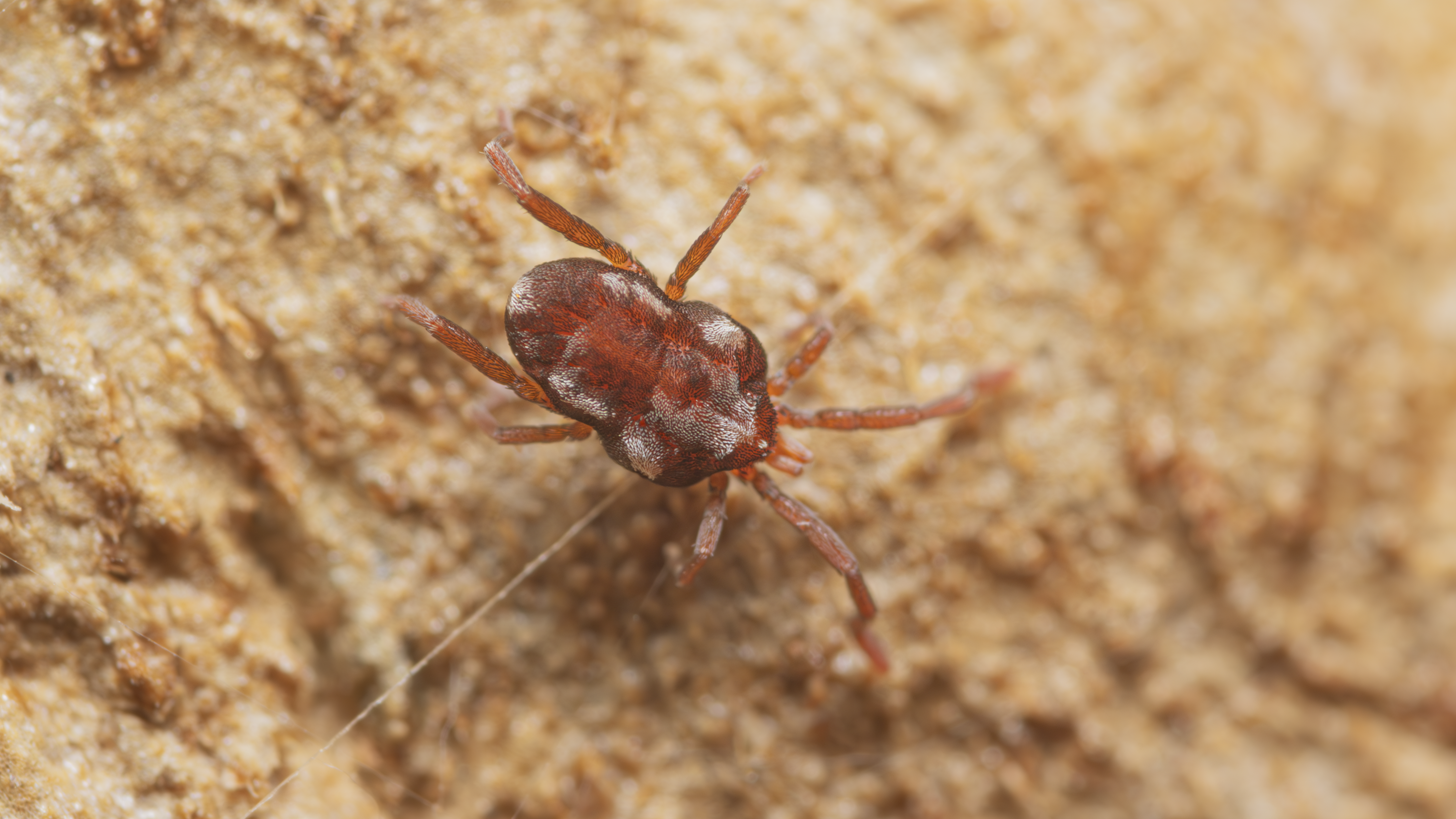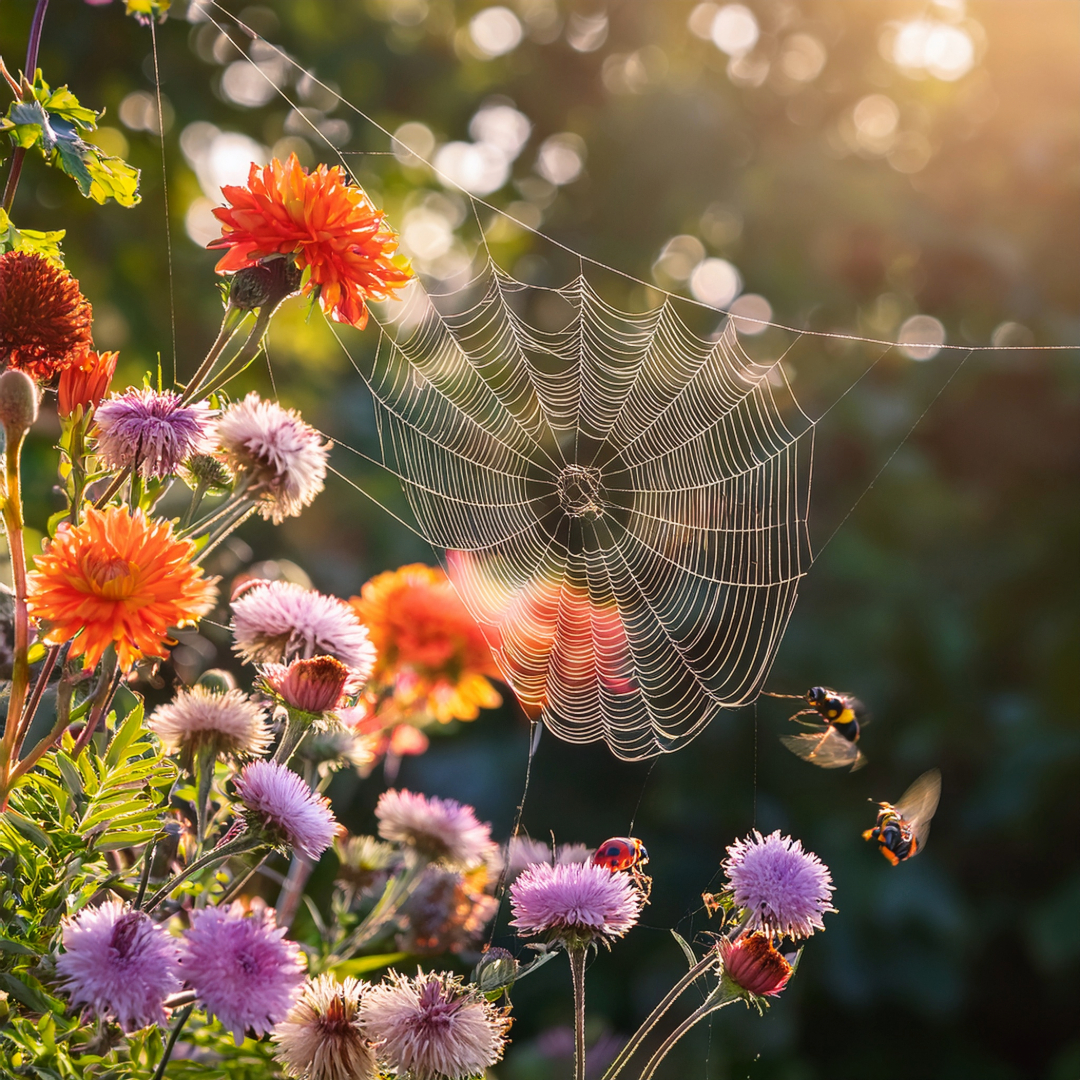
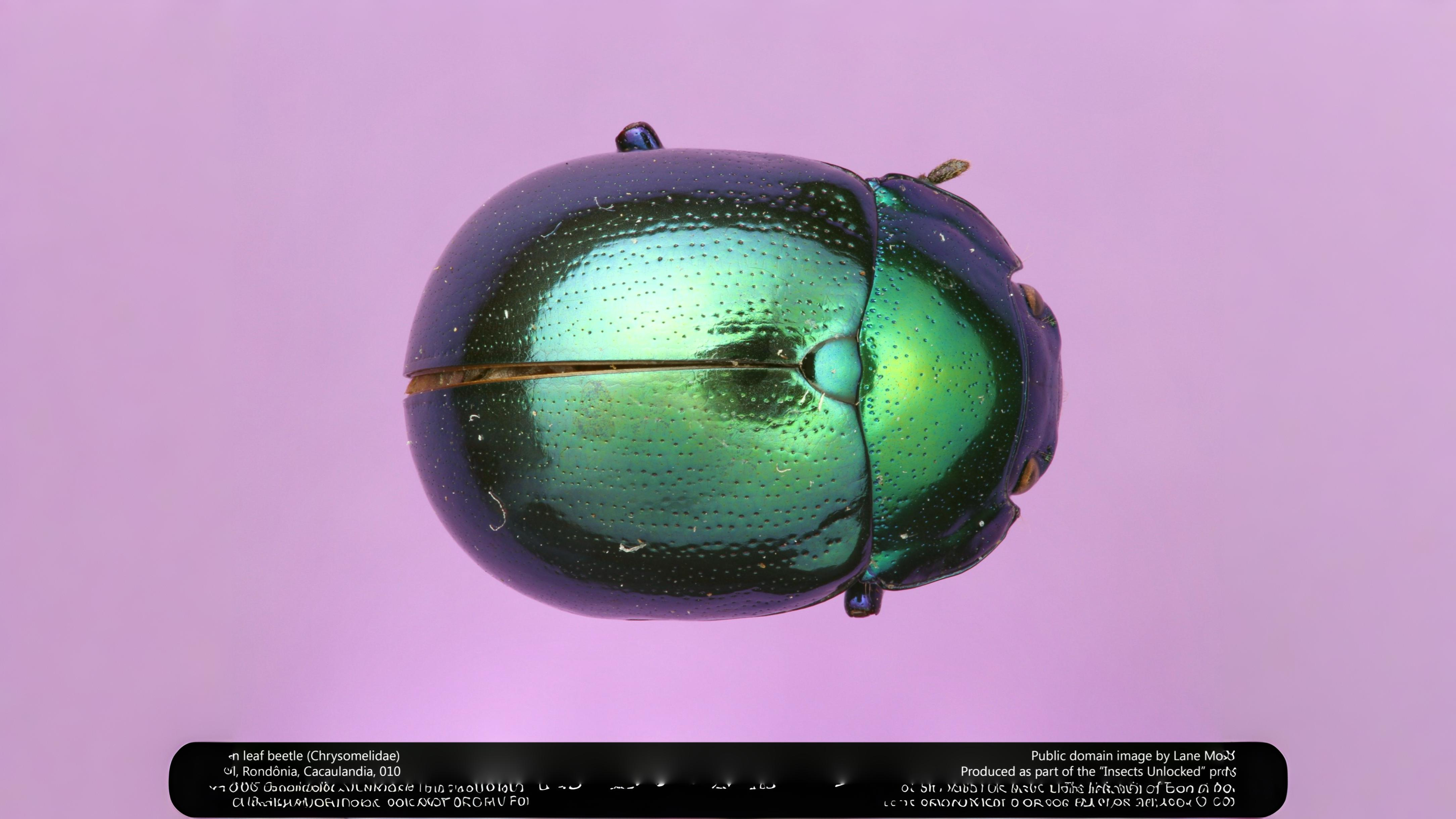

Two insects very much associated with April are the St Mark’s fly Bibio marci and the insect inside cuckoo spit Philaenus spumarius. The St. Mark’s fly owes its name to its first appearance being traditionally on or around St Mark’s Day, April 25th. It is about the size of a small blow fly, but thinner and more hairy. It carries its long legs in a bundle dangling below its body as it flies These are males waiting for the females who are usually sat on the grass nearby. Once the females take flight, the males then pounce on them, mating in mid air. Cuckoo spit is the name given to the pockets of white froth we see at this time of year on leaves and stems.
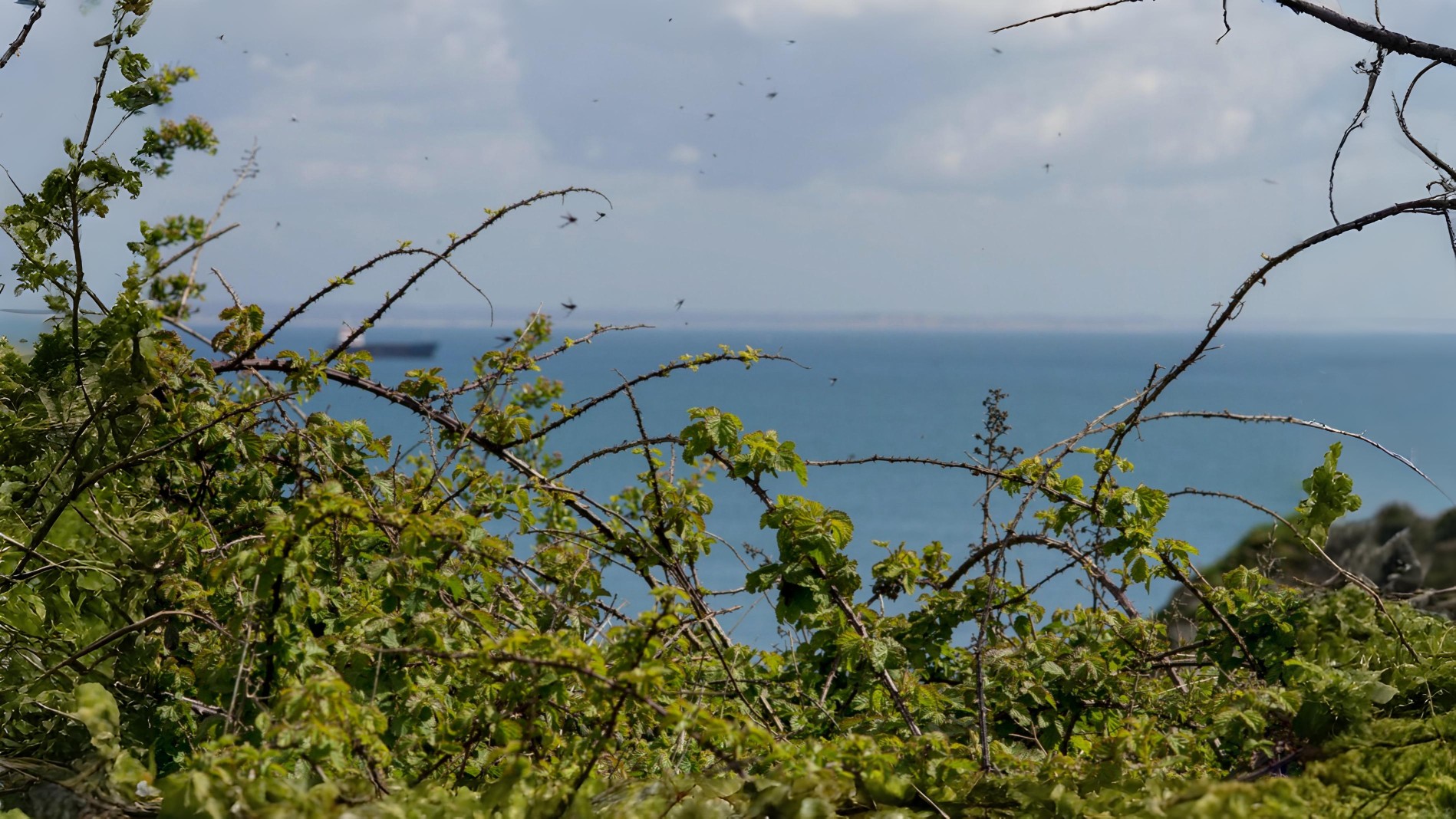

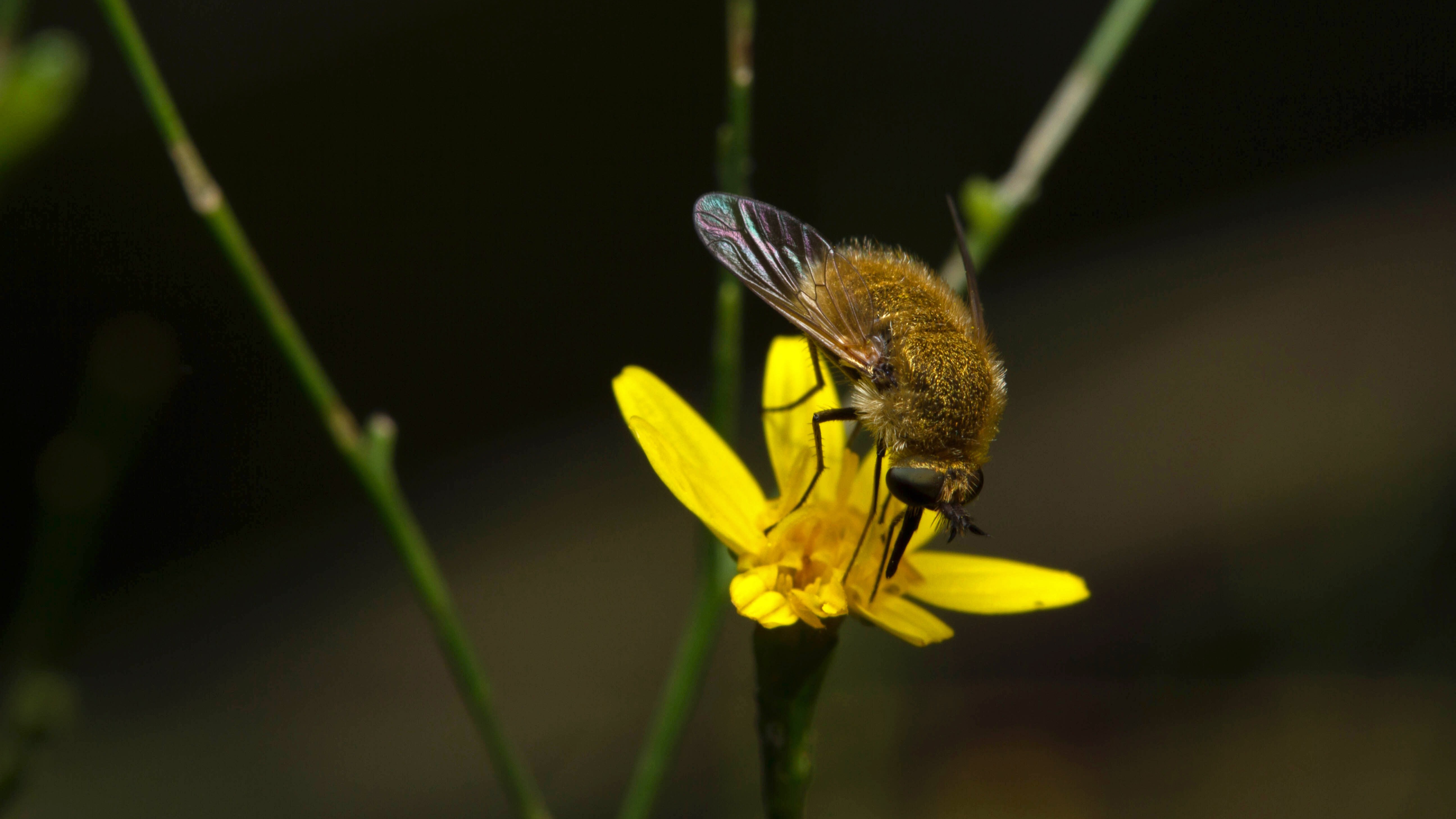

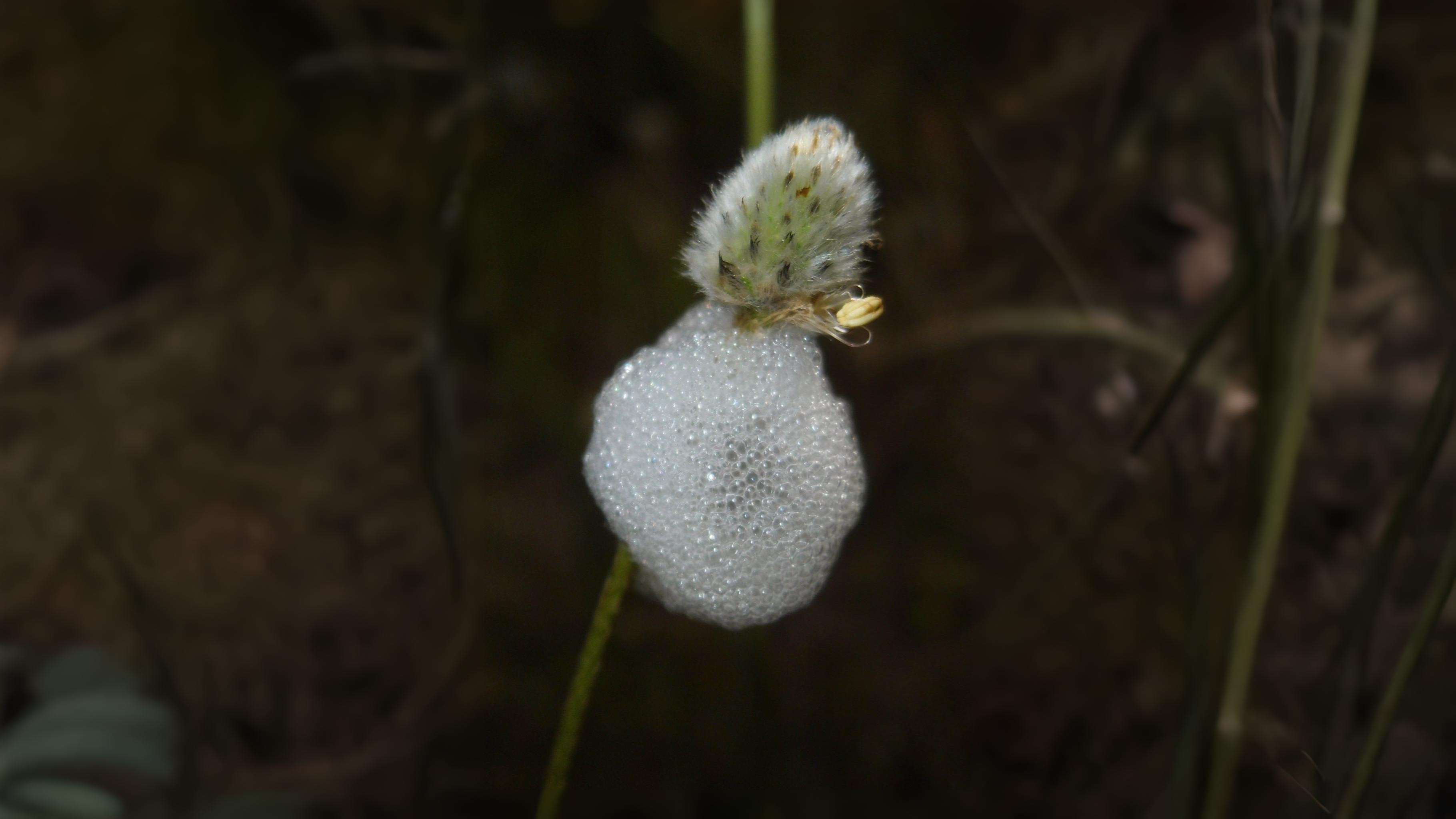

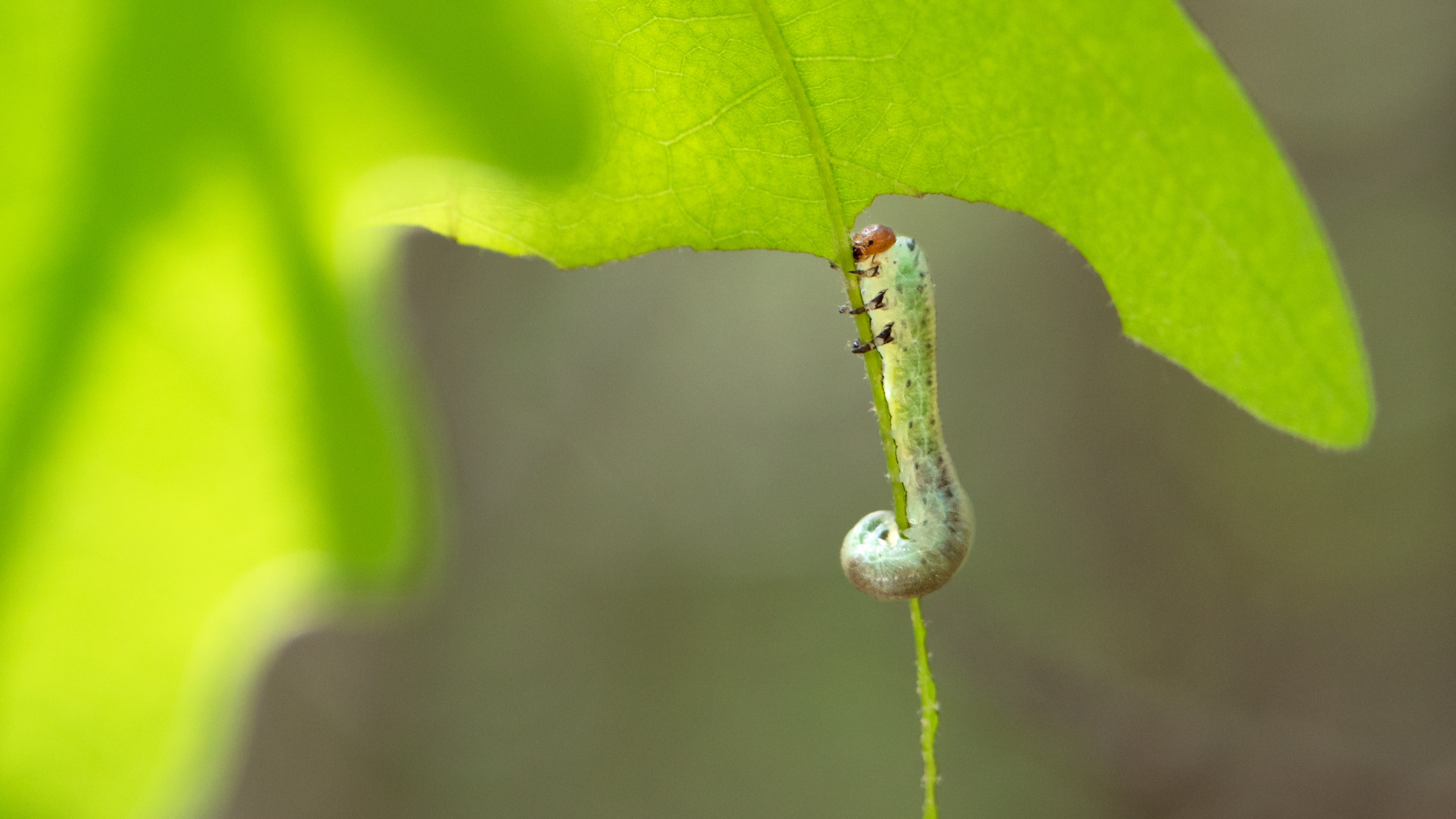

The 7 spot fortunately has 7 spots but these can either be red or black on a black or yellow background. The 14 spot is yellow but can have between 4 to 14 black spots and the 16 spot as mentioned is orange with between 12 and 16 spots. The latter ladybird is often associated with ash, oak or sycamore trees. The 22 spot is yellow and has a narrower range of black spots, just between 20 and 22.
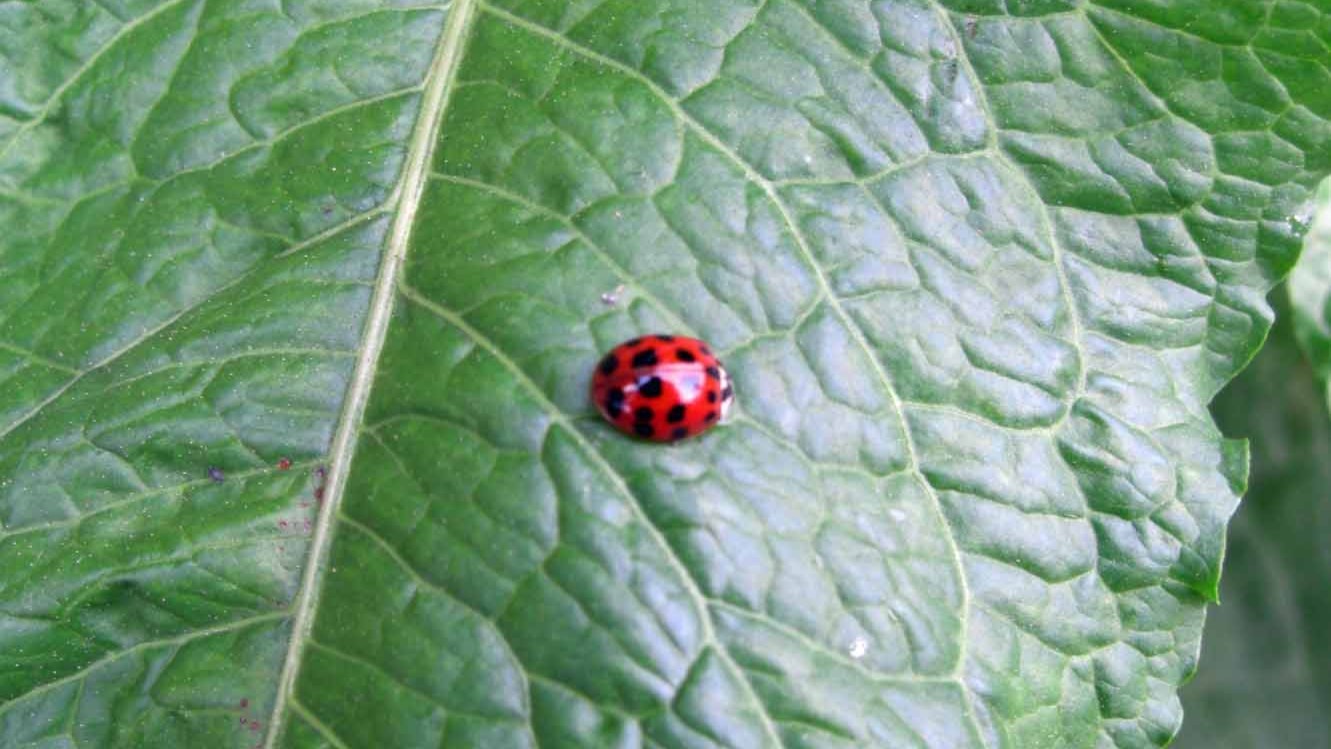

It is the 2 spot we generally see the most of. It can be red or black with either 2, 4 or 6 spots. Usually it only has 2 when we see it around our window frames during the winter. As a general rule we tend to notice ladybirds on roses or other garden plants with infestations of aphids but conifers and low growing vegetation in meadows are also good places to look for them.
Wherever there is prey there is soon sure to be predators and sure enough spiders are now being seen more. Up till now there have been a lot of small money spiders (Linyphiidae) although most have been well hidden. Now we start to see spiders in more unusual places depending upon what prey they are targeting. Their choices of habitat are not quite what you might expect as they seem to have a preference for houses, gardens, flowers, bushes, the under sides of stones and logs, low growing vegetation, moss, sandy heaths, old walls, trees and even tree trunks, caves and mines.
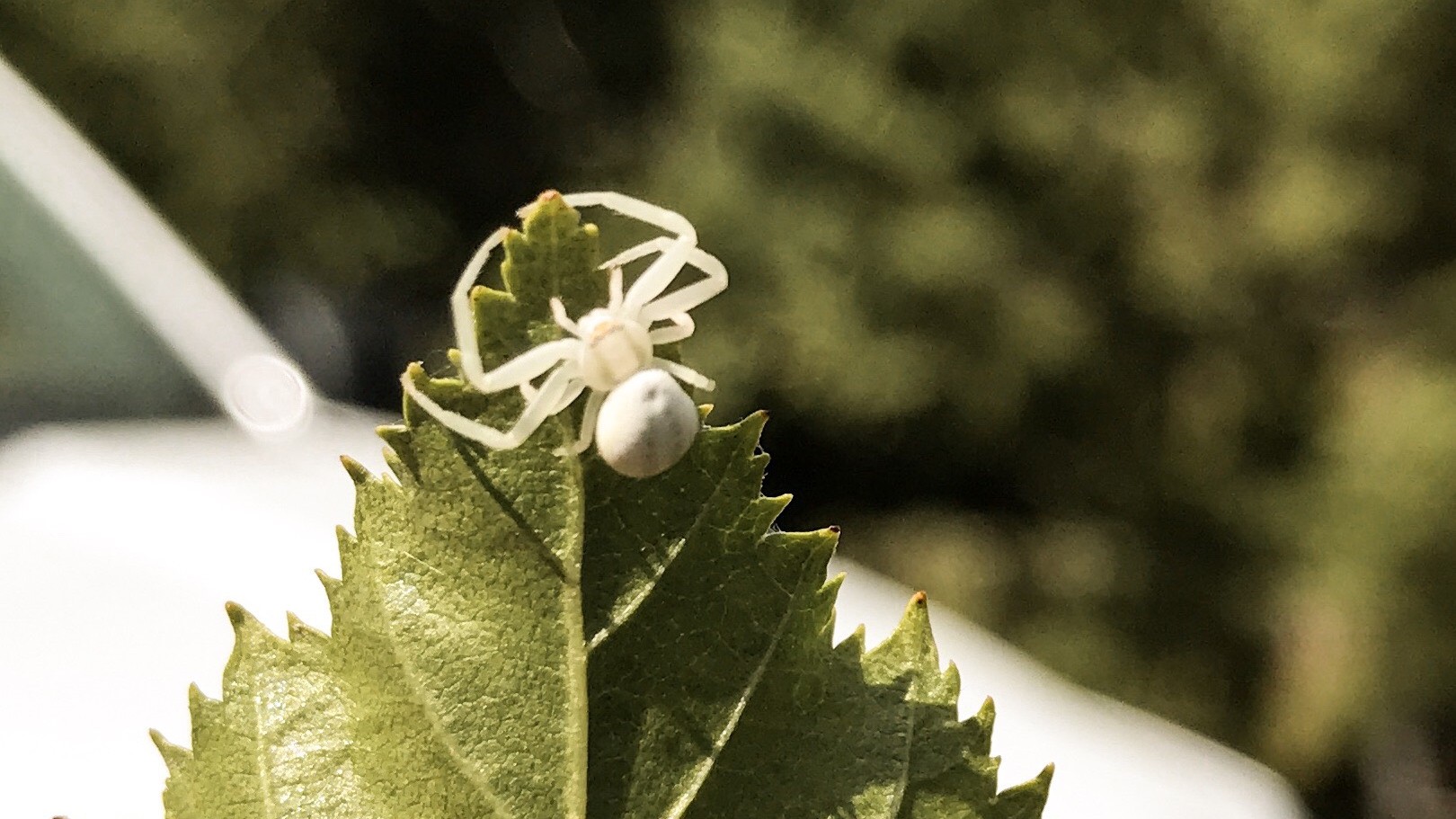

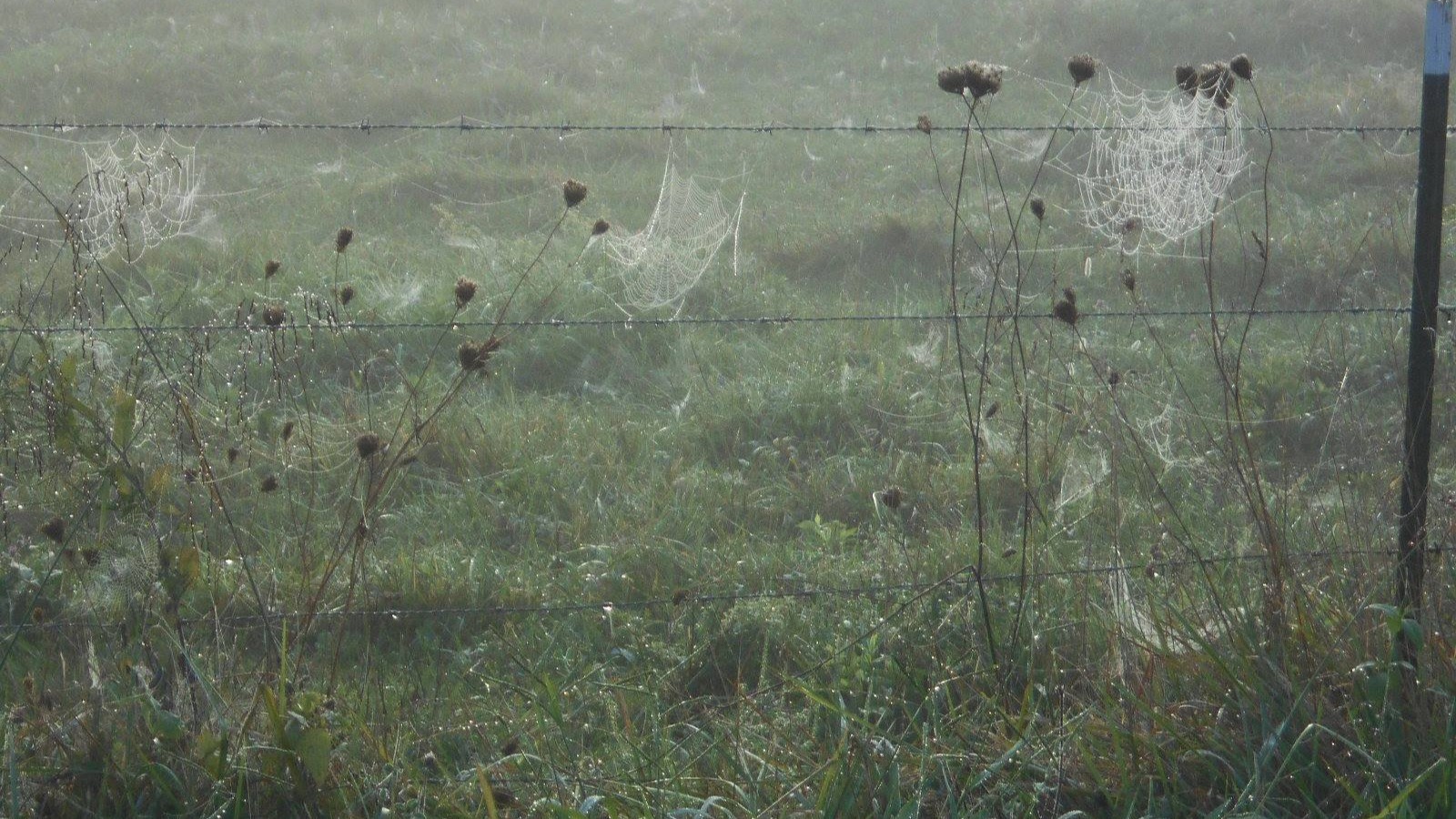

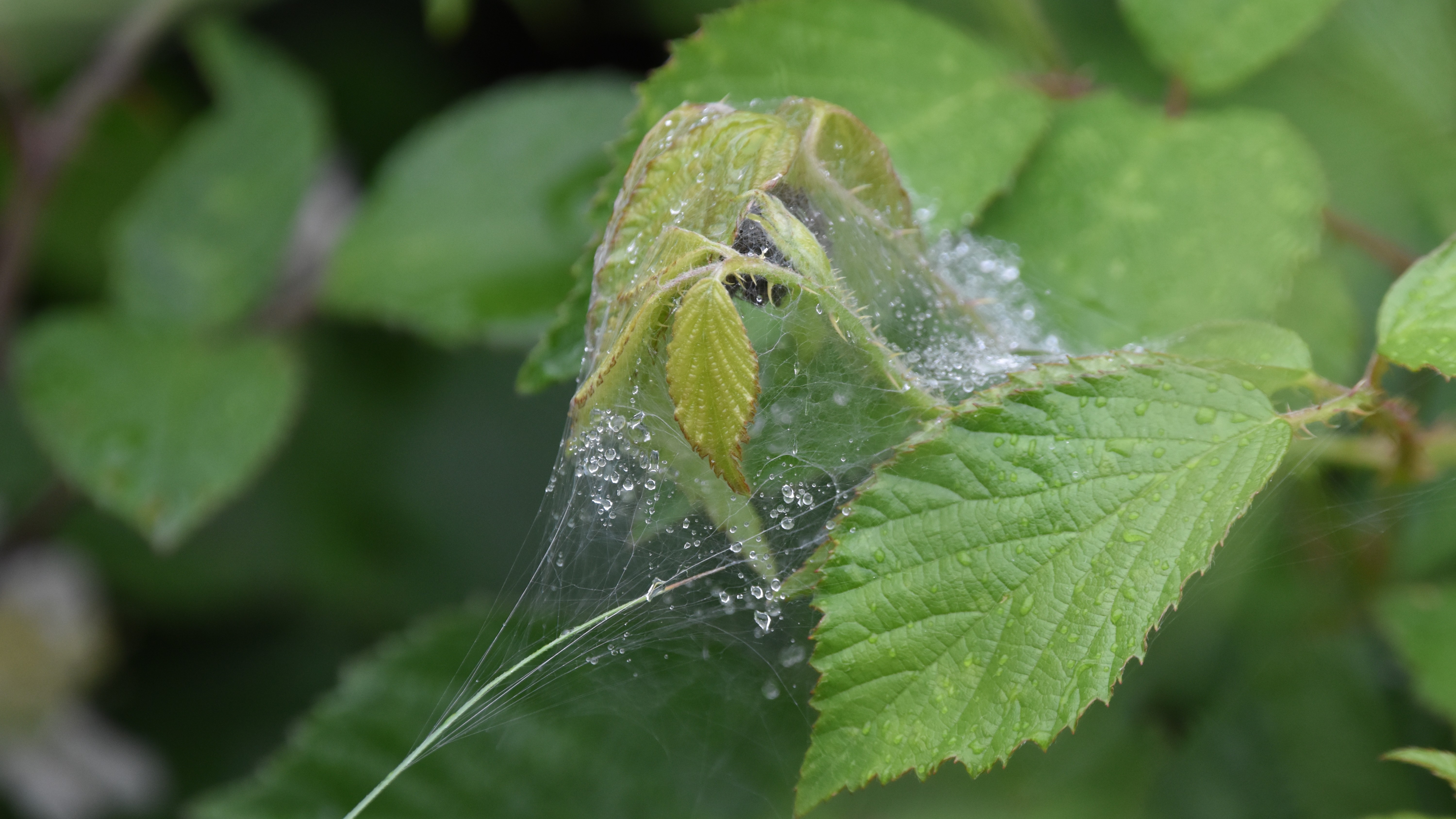

Mites (Acari) are another close relation of spiders which may also be seen this month as some are at last coming out of hibernation. Most are not noticed due to their small size (usually less than 2mm) and dull colours. However, there are exceptions such as the vivid scarlet species that used to be described as “red bags with legs”. They are often seen after soil has been disturbed or occasionally after rain. If they are slightly bigger, perhaps 4 mm, and seem to be covered in a red fur they could even be velvet mites and these most always get noticed.
